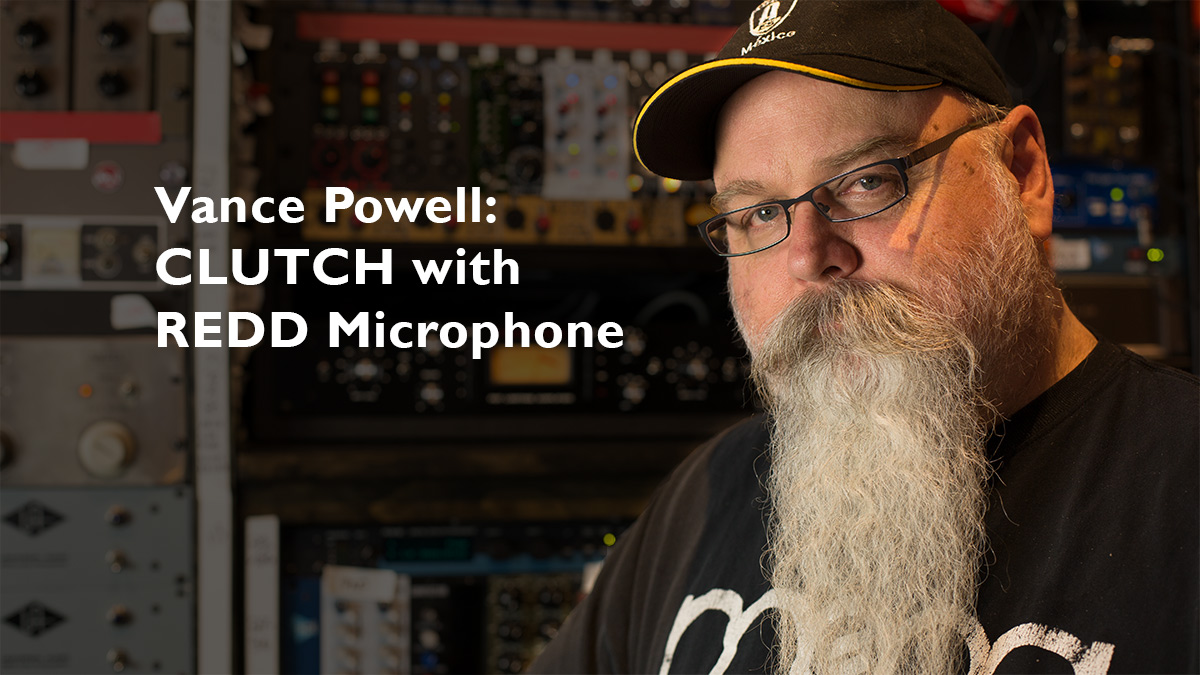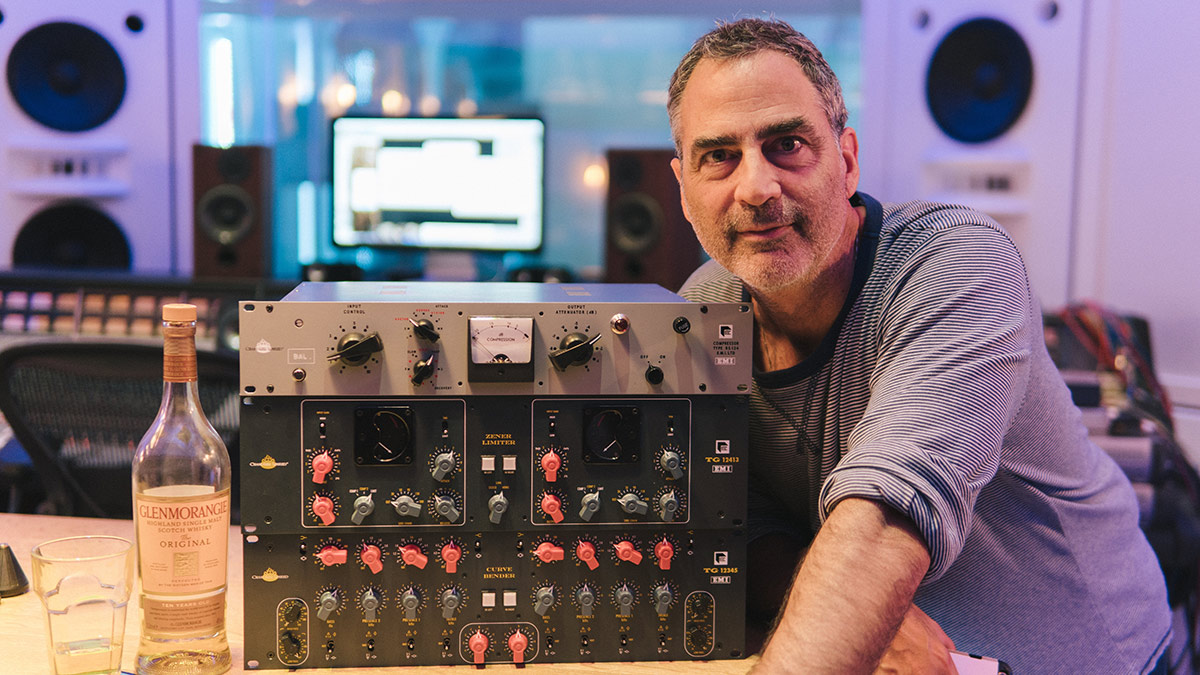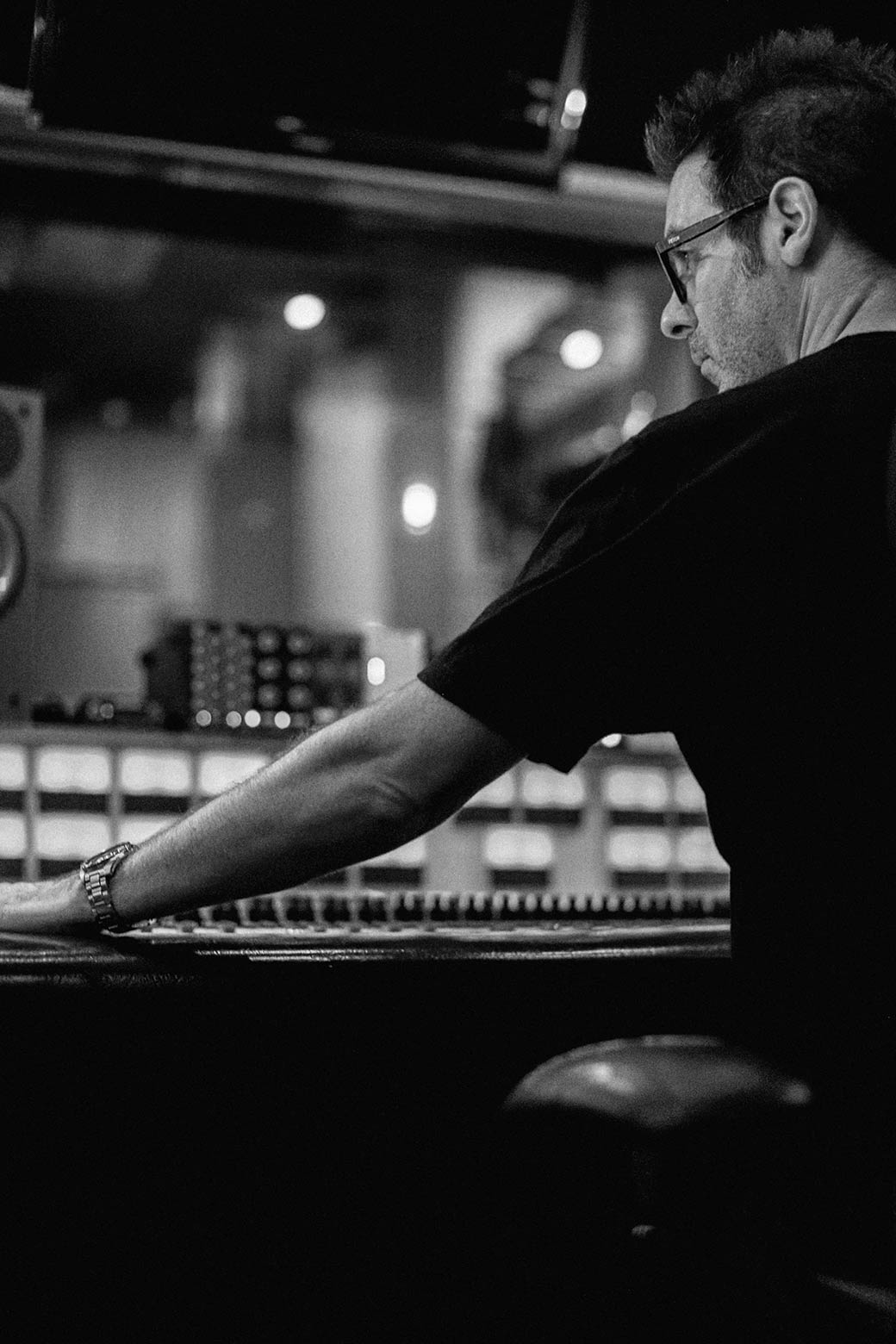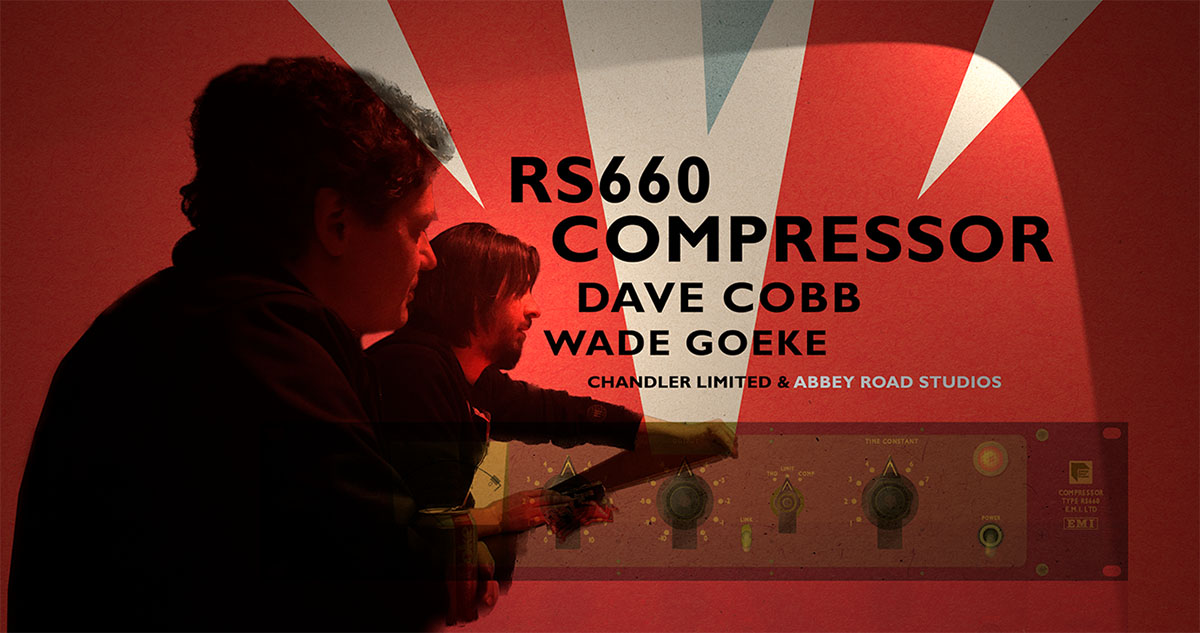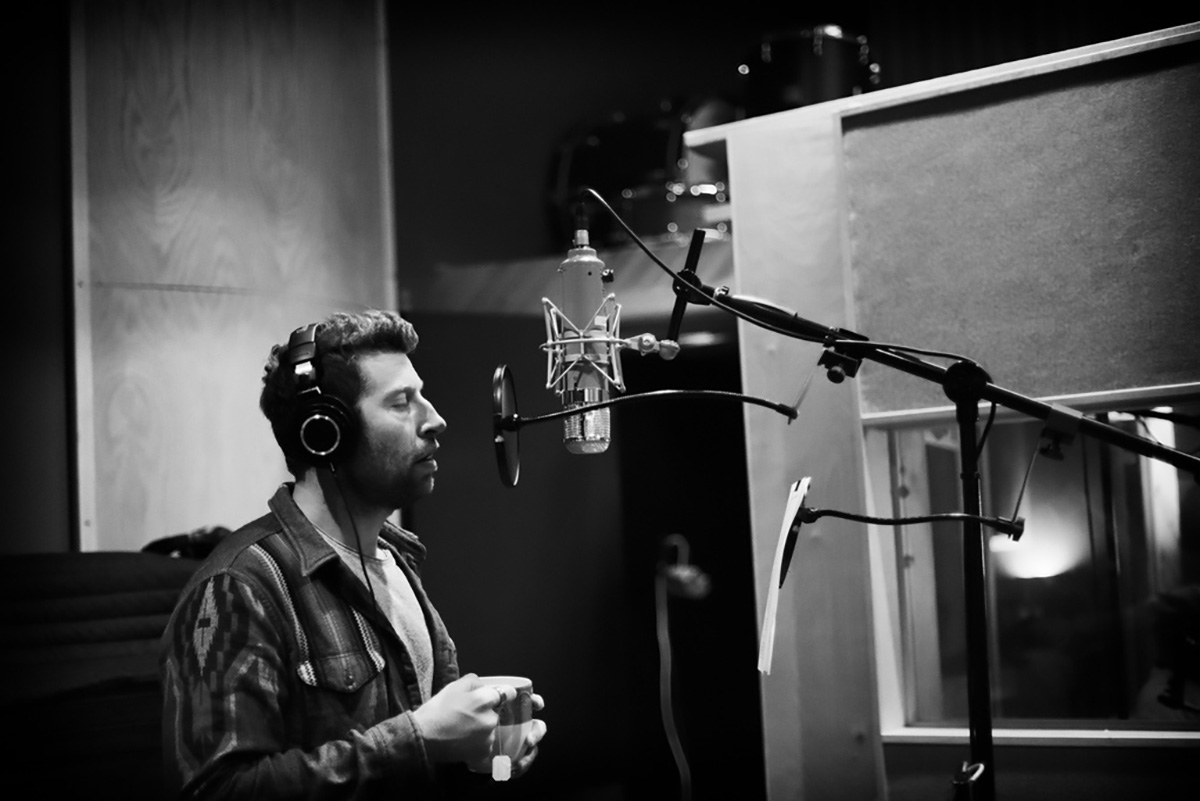Chandler Limited
TG Channel
by: Mike Caffrey
Tape Op, 2004
The TG Channel is yet another great piece in the Chandler TG series. It is a single channel, one rack space unit with the same mic pre found in the Chandler TG-2 pre, combined with a three-band EQ. The EQ is a passive, 100% discrete transistor circuit and all inductor-based. While there are many preamp/Eqs on the market, this one has a uniquely original design.
The TG mic pre has a very robust sound. It’s punchier than an API, warm like a Neve, but with slightly smoother and brighter high end. Unlike the TG-2, there’s no DI. There is a single XLR input and output on the back, with four front panel switches that control phantom power, polarity, EQ in or out and mic/line sensitivity. It’s a small detail, but I prefer having just one XLR in, requiring fewer points on my patch bay. All pots except for the master output pot are detented, which I’ve found helpful for both mix recalls and tracking in situations where I’ve needed to be certain I could recall a sound for an overdub.
The EQ has several uses that it’s particularly suited for but at first glance may be a little surprising. Every EQ I’ve ever seen allows you to boost and cut each band, but on the TG Channel, the high and low bands boost only, while the mid band cuts only. The high band ranges from 1.2kHz to 18 kHz, with the mid frequencies (1.2-3.9) being a peak boost and the frequencies from 5.8 up are shelving. The low has four peak-boost frequencies ranging from 50 to 200Hz and then two shelving boosts at 100 and 200Hz. The Q is different on each band. The high band has a switch to increase the Q when boosting peak frequencies. The mid band Q is frequency dependant. It’s narrower at the low points and gets wider as the frequencies are increased. The Q on the low frequencies increases as the boost is increased. Additionally, the low band has high-pass filter at 100Hz. The effect of these automatic Q changes is musical and effective.
So how does it sound? The first thing to note is how great the mid cut is. I know how important it is to make your EQ adjustments with cuts as well as boosts, but my instincts are usually to boost first. Not with the TG Channel. Cutting 2-4 dB of the low mids does an amazing job of opening up a sound without killing its punch. I’ve had great results evening out the tone on various acoustic guitars with cuts in the boomy and honky areas. I’ve been able to create clarity in individual drum tracks and subgroups while still keeping the low end big, and it’s always my first choice for electric guitars where the mid cut keeps the clarity, even when getting aggressive with boosting the low end.
The high band sounds great throughout its whole spectrum and doesn’t get harsh even when you overdo it. I recently mixed a track that someone else had recorded and the snare sounded like a cardboard box. After cutting the mids to remove a nasal tone, I boosted 10 or 12 dB at 6kHz and brought out the sound of the snares so that it sounded like a normal snare, which I hadn’t expected would be possible. Even with that much of a boost, the high end never got nasty and piercing. While these EQ choices are possible with any EQ, the TG Channel has a tonal quality that allows some pretty radical changes without it sounding like it’s been heavily EQ’ed.
Overall, The TG Channel is superb at simultaneously thickening and opening up a sound. It’s got a mid cut unlike anything I’ve heard before and it wouldn’t surprise me if it found its way into the racks of a few mastering engineers. You’ll always find at least a pair in my rack.
($1900 street; www.chandlerlimited.com)
—Mike Caffrey

